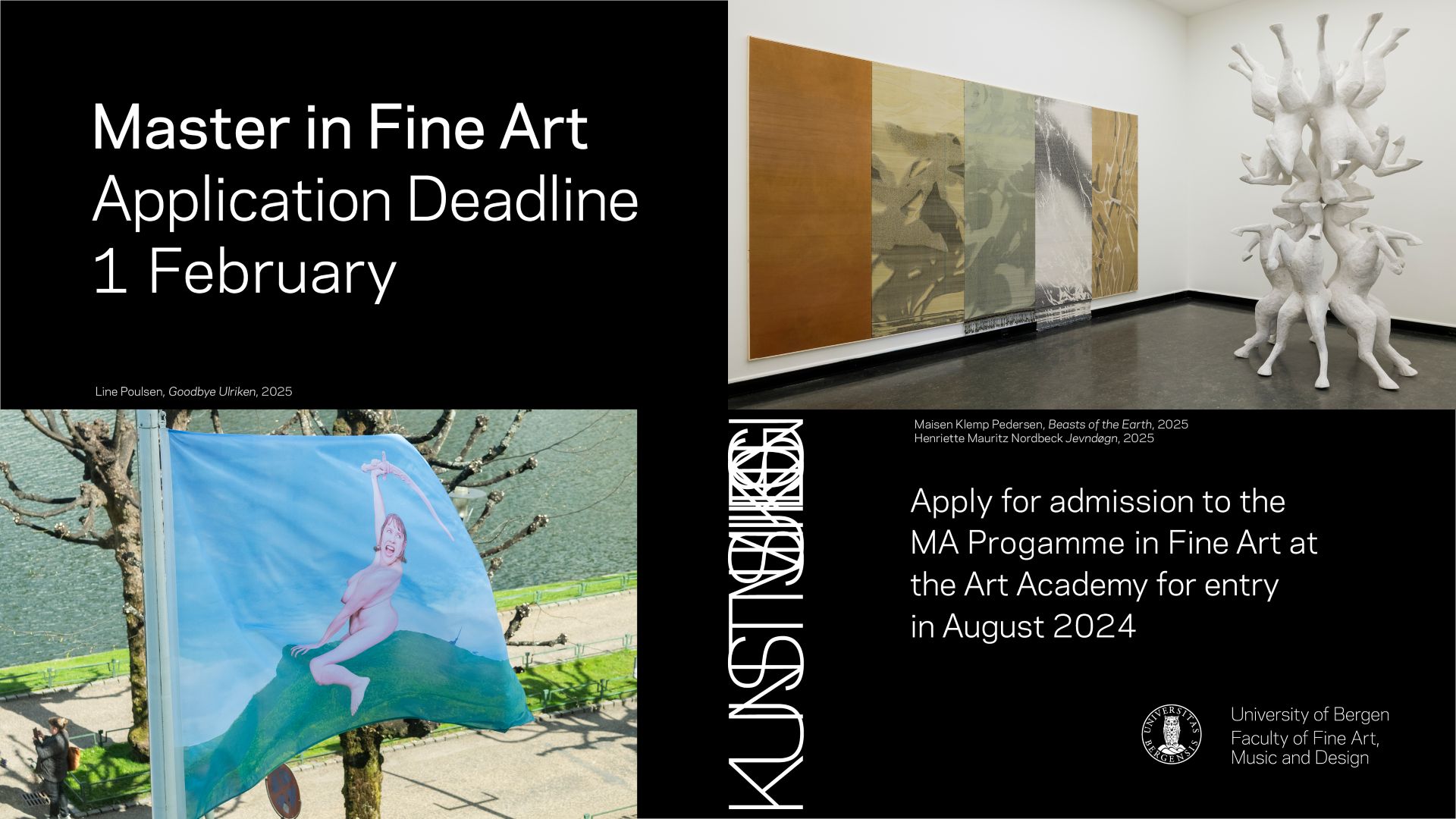
It is almost too novel-like, a scenario that would potentially make many a storytelling type burst into sincere podcasting: out of the blue receiving 244 boxes containing your late father’s persistently archived and documented art practice/life. Heaps of negatives, rolls of film, cassette tapes, photos and press cuttings, notes, texts, and books – simply a collection of stuff that could easily be mistaken for anything. This late father’s son, Tris Vonna-Michell has made it (part of) his practice to make his way through the piles, perhaps systematising them slightly, perhaps just looking at them and applying them in new works. A kind of image-based family addition, to be a bit corny, a prosaic echo of a piece of time and a piece of human that has passed.
Vermilion Sands, the basement space at the edge of Nørrebro that nearly always guarantees alternatives to the mainstream Copenhagen art scene, is currently presenting a little slice of this echo – as sound, but especially as images. It seems that Vonna-Michell’s handling of the vast amount of material he has inherited (and which, apparently, he never knew existed), is very minute and very considerate. With a thorough patience he documents the accumulations, arrange them in his own juxtapositions, creates a type of image and work category which both touch upon readymade logics and objective documentarism
The most conspicuous of the exhibition’s three works, Nudging and Spooling (2024) is a slide show of what is surely a very limited sample from the paternal stacks. Since the images are analogue slides, the work also has a sculptural dimension, projected onto the wall via a carrousel slide projector that shoves every new slide forward with the thick, almost smearing click so characteristic of these apparatuses. A sound of eighties analogue nostalgia. This specific type of projector is getting more and more difficult to get your hands on, so the work’s retention of motifs and of a past is somehow amplified in the tableaux of vintage machinery that has been assembled for the images to come into view.

Motifs are crammed with the very essentials of archiving and documentation: the father’s collection of film rolls, negatives, tapes, notes, newspaper, photographs, slides – photographed by Vonna-Michell and eventually developed as new slides. Meta feels like too faint a term. Rather, there is a sense of the archival gaze being doubled. It becomes stretched in time, prolonged somehow.
The basic condition of the slide, however, is transience. Each image appears on the wall for just a few seconds before the carrousel clicks on to the next. Besides the conservational essence that the work undeniably possesses is the fact that it isn’t really possible to decipher the motifs, read the notes, or realise the coherence.
Likewise, it isn’t immediately apparent – for the audience or, seemingly, for the artist himself – which of the scraps are just plain muddle, which are possible garbage, and which are possible artworks. Vonna-Michell’s work might be more distinctly artistic than his father’s, but the two generations seem to share the belief that it isn’t of particular importance whether the actual contents and coherence of the archive is comprehensible for a prospective future. The photographed clusters that dominate most of Vonna-Michell’s motifs are a bit squeezed. The cropping is coarse and casual so that mainly corners and bits are visible. You rarely see a whole photo or press clip, a full note or book cover. But it doesn’t feel like an introverted cryptic-ness, rather, the consistent mess stimulates curiosity; there are names and book titles that you want to look up.
The show’s other photographic work, Collections & Collaborations (study III) (2024) is more tech-sleek in its expression. Five tablet-looking light boxes lie on a table with the same kind of archival motifs beaming from their surfaces, but the LED-bright pieces of electronics create another kind of distance to the analog material. As a soundtrack for the visual unboxing, the exhibition space is filled with a sound piece (Nudging & Spooling, 2024): Vonna-Michell recording himself in the process of unpacking the material and cataloguing and arranging it into new photo collages. This objectively reporting assessment mirrors the other works’ objectively registering imagery, and the obvious difficulty in listening to someone’s handling of material you cannot see contributes to the feeling that this project’s essence is not so much about what the archive contains but simply that it exists.
Generally, there is a certain sense that the exhibition is not a portrait of a father: it comes off as an investigation of a person’s work, gaze and sensibilities more than a developing of the person himself. Sentimentality is non-existent here. At the most, it looks like a temperate longing for obsolete image formats and document collections that soon – and actually, this process began long ago – will be completely consumed by LED-solutions, hard drives, and internet clouds.
To unwittingly inherit such a massive (art) collection is spectacular. But instead of scrutinising his father as a piece of biography, it seems that Vonna-Michell is concerned with mapping his father as a piece of a material history that is steadily withering. Concerned with sustaining, prolonging, and extending this history before it ultimately capitulates to digitalisation and eternal screen.

